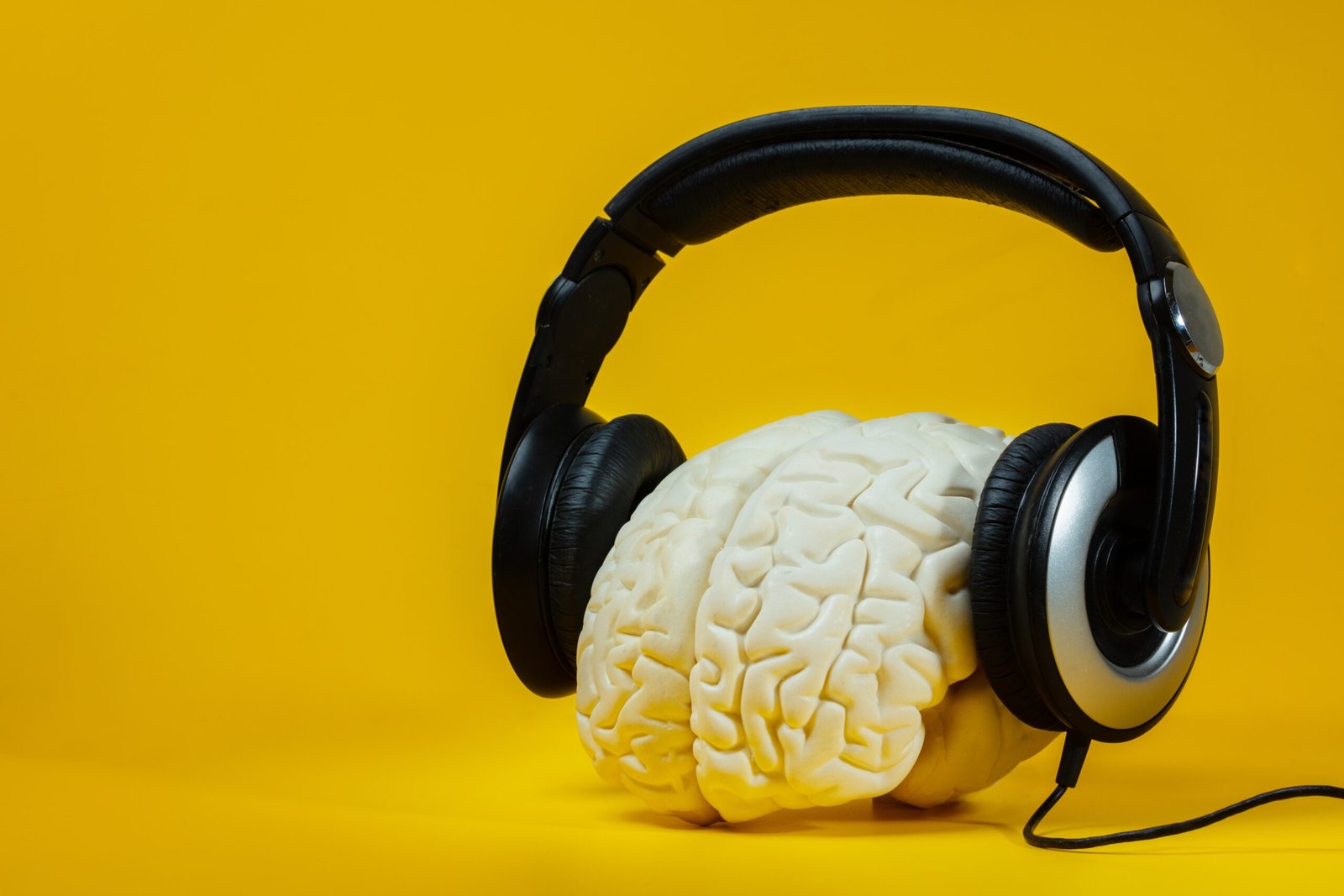Listen to the blog post here.
In the Sunday Blog post “Listen Up! Learning to Listen”, I brought up 10 tips to improve your active listening. However, active listening involves a certain level of self-discipline. Begrudgingly listening makes it much harder to apply these tips, such as not interrupting the speaker or not getting on your phone.
So in this post, I want to take it even further back. There is one other thing you can do to vastly improve your ability to apply these other 10 tips. And this one master tip can help you go from active listening to deep listening.
That tip is mindfulness.
To understand the relationship between mindfulness and listening, let’s define some of these terms. Mindfulness means to be fully present and aware. Deep listening requires listening from a caring place to the nuanced meanings and intentions of the speaker. Mindful listening takes a greater level of empathy, trust, and accuracy.
The two terms share similar principles. To put them together, being fully aware and present allows you to listen more carefully, and practicing mindfulness allows you to put yourself in that state of presence and awareness. Thus, mindfulness enables you to deeply listen.
Nine out of the ten tips mentioned in the previous post are easier to implement when you are mindful. The remaining tip is practice, which relates to not only the other tips and listening but to mindfulness as well. So that brings us to the question, how do we improve our mindfulness?
- Meditate. Meditation has a host of benefits, and one of those is increasing your awareness of yourself and your surroundings. If it seems daunting to put yourself in a quiet place for a long period of time, fear not! You can get started with meditation by trying it a minute a couple times a day and working your way up.
- Active mindfulness. While meditation involves quiet and solitude, the point is to be able to translate that awareness into the bustle of life. You can do this by trying to notice yourself, your actions, and your sensations during everyday activities, such as eating, brushing your teeth, and driving. This can then further translate to mindfulness in more engaging activities.
- Focus on your breath. Doing so immediately slows down your racing mind and pulls your attention into the moment.
- Notice your thoughts. Ever find your mind wandering? You might be listening to a YouTube video about trigonometry, then all of a sudden, you’re thinking of cookies! Maybe that's just me. Anywho, being able to actively catch your wandering mind can help you better focus on listening or any other task at hand.
- Practice! Just like how listening is a skill, so too is mindfulness. Honing the above tips can allow you to tap into a state of mindfulness until it becomes as second nature as breathing.
Mindfulness can play a role in so many facets of our lives, from reducing stress to better sleep. Among these is developing a mind-ear connection in order to deeply listen, allowing you to strengthen your relationships, communicate better, and learn.
Tuesday Deep Dive is a series where we discuss in more detail a specific point made in the previous Sunday Blog.

